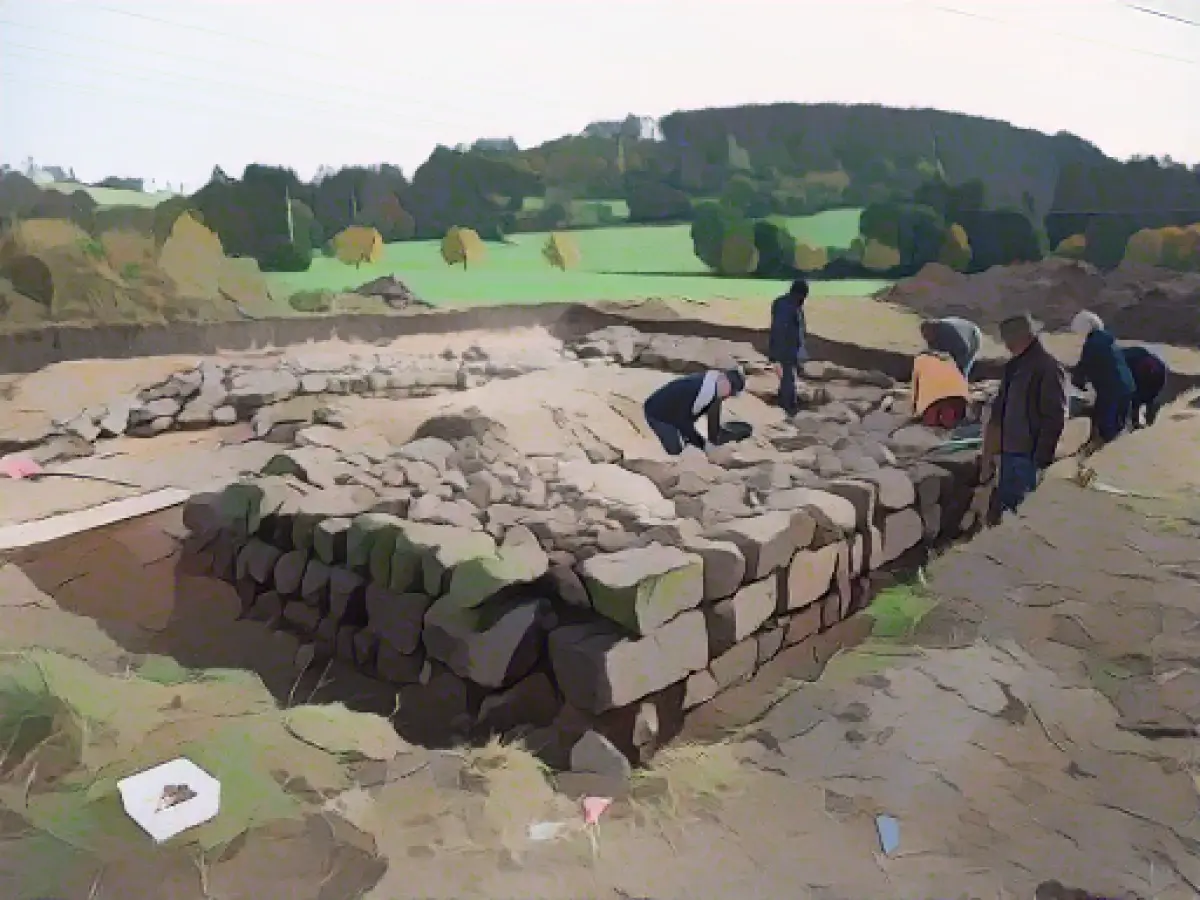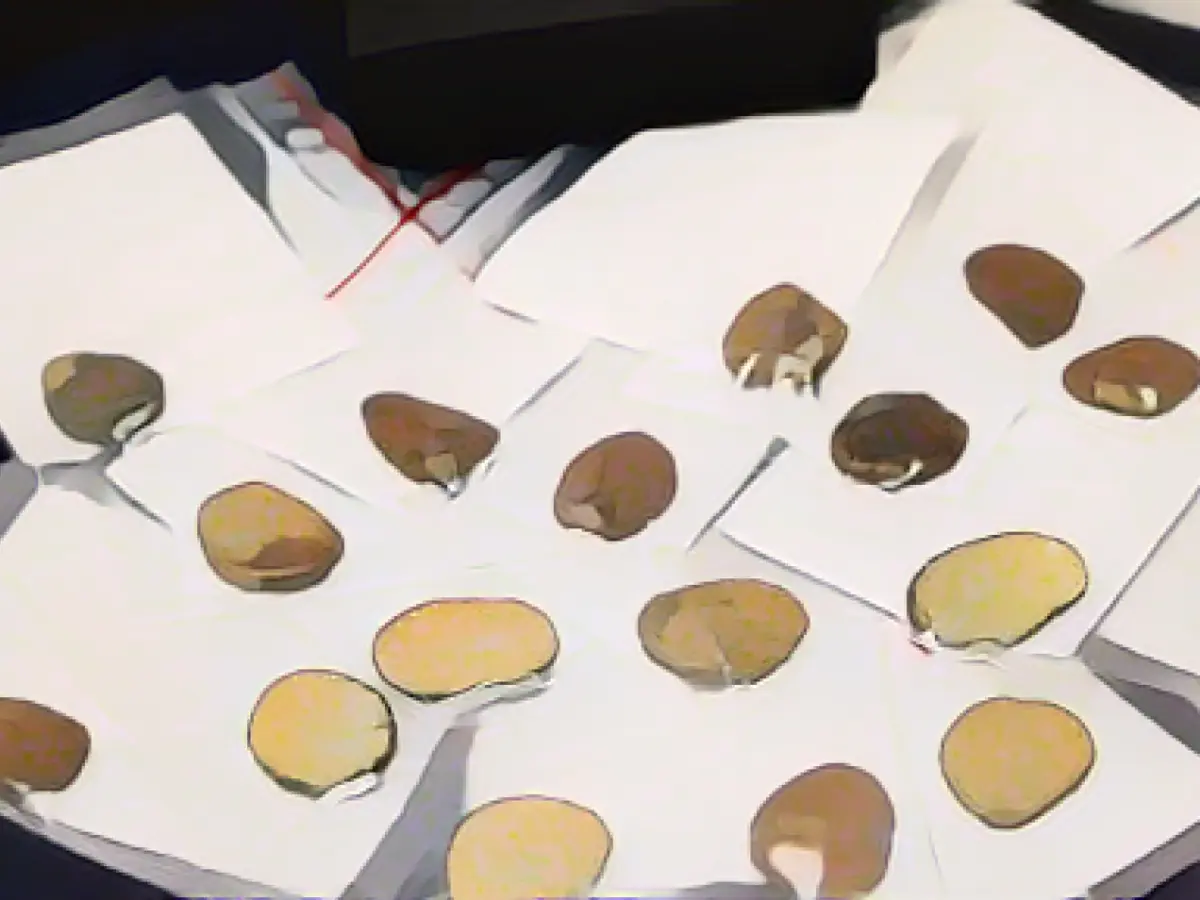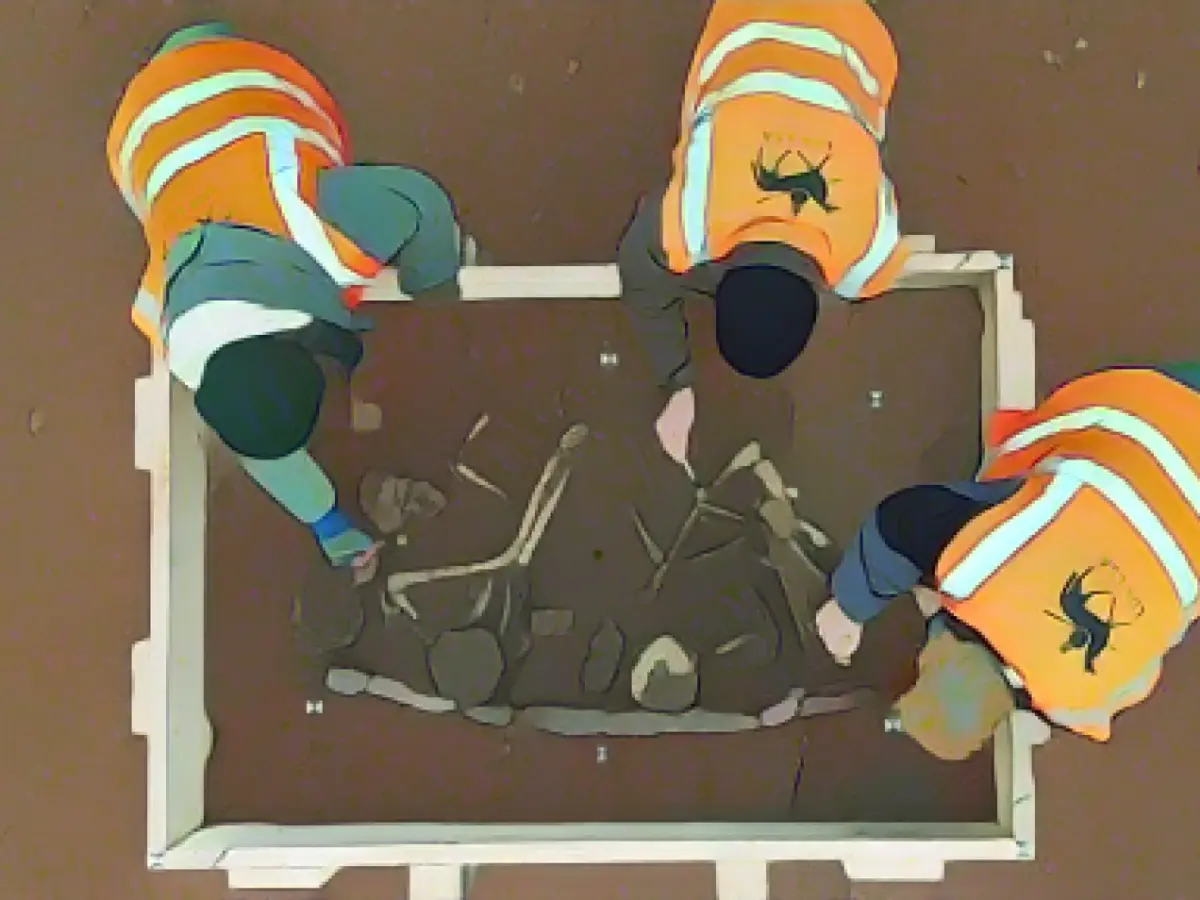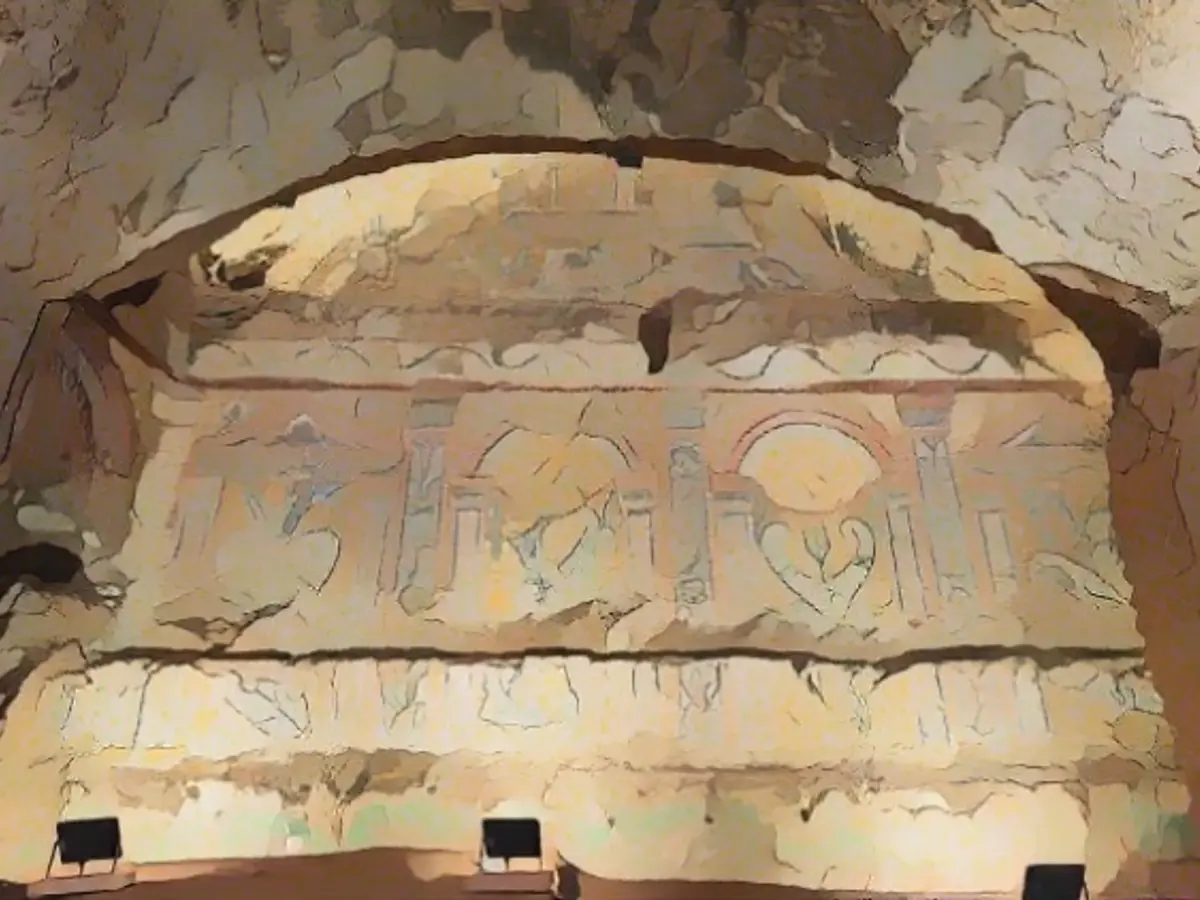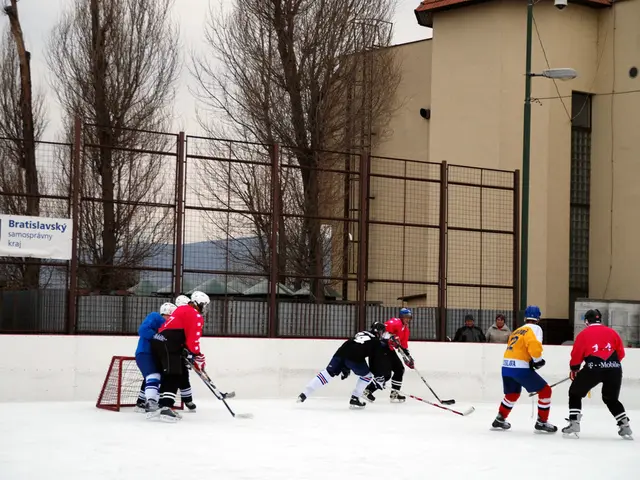Digging Deep into Kronach's Past: Community Driven Archaeology
Uncovering the hidden gems of your hometown's past is now a possibility for residents of Kronach. The fall season witnessed a group of volunteers, under the guidance of an expert archaeologist, unearthing historical treasures. The upcoming year holds another exciting prospect for the archaeological enthusiasts in Kronach.
The commencement of the excavation was marked by two towers dating back to the Salian period and relics from the early Middle Ages. Mayor Angela Hofmann described the findings near Friesen as one of the most significant research objects in Upper Franconia. The unique pottery remnants found within the district of Kronach, along with the Salian castle, raise fascinating questions about the early history of the town.
A Journey Back to the 8th Century
In 1989, the discovery of ceramics dating back to the 8th to 10th centuries, near Kronach's Friesen district, sparked curiosity among Gregor Förtsch and the Kronach Archaeological Working Group. The likelihood of the ceramics having been transported there unintentionally was initially dismissed. The group, driven by Förtsch's determination to understand the find, funded the first excavation themselves and stumbled upon a paved dirt track.
Upon further exploration, the team uncovered the remains of two stone buildings, each with a 10 by 9 meter square floor plan and 2.4-meter thick walls. These structures represented a Salian castle, complete with a palace and a defensive tower. According to Förtsch, these structures, though substantial, were likely reserved for the imperial nobility or bishops.
Looking Ahead to 2024: A Symposium to Unravel the Mysteries
The Salian period, associated with the East Franconian Salian dynasty, which ruled from 1024 to 1125, produces several compelling questions. One such question revolves around the Salian architectural style in an area distant from the Rhine, a place where it wasn’t expected to thrive. A symposium, planned for 2024, promises to delve deeper into the evaluation of the archaeological findings and the extent of the settlement in Kronach.
The Role of Volunteers in Archaeological Projects
While volunteer involvement in archaeological projects in Bavaria is not extensive, it plays a crucial role in preserving and understanding our historical monuments. By contributing to tasks such as excavation, documentation, and conservation, volunteers offer valuable assistance towards preserving historical sites and artifacts.
Involving local communities and volunteers in archaeological projects can promote a sense of ownership and responsibility towards historical preservation, leading to more effective long-term preservation efforts. Volunteers also provide an opportunity for educational programs and guided tours, aiding in disseminating historical knowledge and fostering an appreciation for historical monuments.
The Benefits of Volunteer Participation
- Preservation Efforts: Volunteers assist in various tasks, aiding in preserving historical sites and artifacts.
- Community Engagement: Involving local communities in archaeological projects fosters a sense of ownership and responsibility towards historical preservation.
- Educational Opportunities: Volunteers participate in educational programs, disseminating historical knowledge and promoting appreciation of historical monuments.
- Resource Optimization: Leveraging volunteer labor optimizes archaeological project resources, allowing for more extensive research.
- Skill Development: Volunteers can gain valuable skills, contributing to the development of future professionals in archaeology, conservation, and historical research.
The Kronach Archaeological Project: A Collective Effort
Cooperation between local authorities, volunteers, and archaeological institutions is essential in preserving and communicating a country’s historical heritage to the public. In the case of Kronach, the local government, volunteers, and the State Office for the Preservation of Historical Monuments worked together closely, ensuring the success of the archaeological project.
Plans for the Salian towers in Kronach include providing detailed information at the site of the findings, using plaques. According to Gregor Förtsch, the Kronach archaeological director, "This is our history, it's interesting and important. And it still puzzles us."
Together, the community of Kronach and its volunteers continue their journey into the past, uncovering historical mysteries and shedding light on the region's rich history.
- [1] Tanner, D. L. (1999). Volunteer Archaeologists: The Prospects for a Collaborative Future. The Seventh Annual Symposium on Preservation Archaeology, Salt Lake City, Utah
- [2] “Carmen Weber: Handmade Lithographed Maps of the Solnhofen Limestone Formation.” Künstlerhaus Stuttgart,
